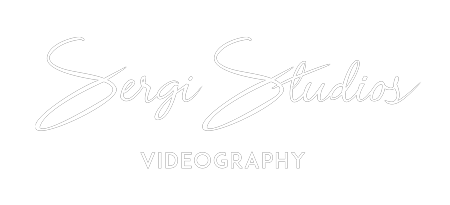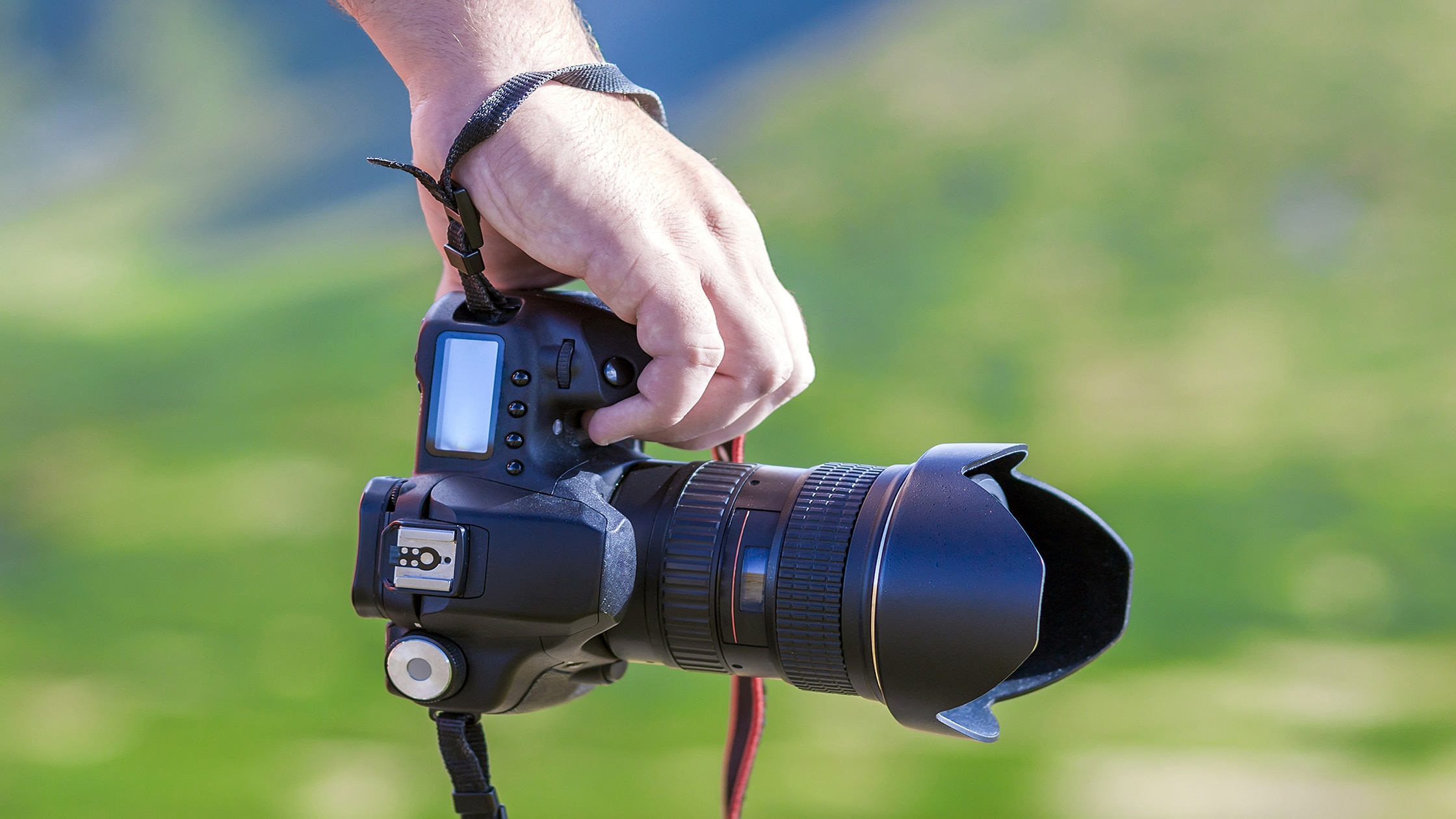Looking great on camera involves more than just your physical appearance; it’s about presenting yourself confidently and authentically. Here are 55 tips to help you shine on camera:
Preparing Physically:
Ensure good lighting: Natural light is best, but if indoors, use soft, diffused lighting to avoid harsh shadows.
Dress appropriately: Wear clothing that fits well and complements your skin tone. Choose solid colors: Avoid busy patterns or overly bright colors that may distract from your message.
Pay attention to grooming: Style your hair neatly and consider using makeup or grooming products to enhance your appearance. Bring a hair spray bottle for fly-away hairs.
Stay hydrated: Drink plenty of water to keep your skin looking fresh and hydrated.
Get Enough Sleep: Aim for 7-9 hours of sleep the night before to reduce under-eye bags and promote a healthy complexion.
Practice good posture: Sit or stand up straight to exude confidence and poise. Smile naturally: Practice smiling in front of a mirror to find a natural, genuine smile that lights up your face.
Relax your shoulders: Tension in your shoulders can appear stiff on camera, so consciously relax them before filming.
Pay attention to your hands: Avoid fidgeting or excessive hand movements, as they can be distracting. Also, don’t claw your hands and keep them relaxed.
Consider your backdrop: Choose a clean, clutter-free background that complements your outfit and doesn’t compete for attention.
Check your camera angle: Position the camera slightly above eye level for a flattering angle that reduces the appearance of double chins. The closest thing to the camera will be the largest.
Use makeup strategically: Apply makeup to even out skin tone, reduce shine, and enhance features without appearing too heavy-handed.
Mental Preparation:
Visualize success: Imagine yourself delivering your message confidently and effectively to boost your confidence.
Practice deep breathing: Take slow, deep breaths to calm nerves and center yourself before filming.
Focus on your message: Shift your focus from your appearance to the content of your message to appear more engaged and authentic.
Embrace imperfections: Accept that nobody is perfect, and small flaws or mistakes are part of what makes you human and relatable.
Think positively: Replace negative self-talk with affirmations and positive thoughts to boost your confidence.
Be present: Stay focused on the present moment rather than worrying about how you’ll appear on camera.
Practice mindfulness: Incorporate mindfulness techniques, such as meditation or visualization, to calm nerves and stay centered.
Set realistic expectations: Understand that filming may involve multiple takes and adjustments, and that’s perfectly normal.
Warm up your voice: Do vocal warm-up exercises to ensure clear and confident speech.
Practice active listening: Engage with your audience or fellow speakers by actively listening to their contributions and responding authentically.
Stay hydrated: Drink water to keep your throat moist and prevent dry mouth or throat clearing during filming.
Practice gratitude: Focus on the positive aspects of the filming experience, such as the opportunity to share your message with others.
Visualize your audience: Imagine yourself speaking to a supportive audience who is eager to hear what you have to say.
Relax your facial muscles: Consciously relax your facial muscles to avoid appearing tense or strained on camera.
Take breaks as needed: If you feel overwhelmed or fatigued, take short breaks to recharge and refocus.
Technical Considerations:
Familiarize yourself with the camera: Spend some time getting comfortable with the camera and its features before filming.
Adjust camera settings: Check exposure, focus, and white balance settings to ensure a clear and well-balanced image.
Test audio levels: Check microphone placement and audio levels to ensure clear and balanced sound.
Use a teleprompter: If needed, use a teleprompter app or device to help you stay on script and maintain eye contact with the camera.
Frame yourself properly: Position yourself in the frame so that your head and shoulders are centered and there’s a slight amount of headroom above.
Use a stable surface: Place the camera on a stable surface or tripod to avoid shaky footage.
Minimize distractions: Turn off notifications on your phone and eliminate background noise or distractions that may disrupt filming.
Record in a quiet environment: Choose a quiet location with minimal ambient noise to ensure clear audio quality.
Check your equipment: Test all equipment, including cameras, microphones, and lighting, before filming to avoid technical issues.
Consider your camera angle: Experiment with different camera angles to find the most flattering and engaging perspective.
Use natural light when possible: Position yourself facing a window or source of natural light for flattering and even illumination.
Adjust your body language: Convey confidence and authority through open body language, such as standing or sitting up straight and making eye contact with the camera.
Monitor your pacing: Speak clearly and at a moderate pace to ensure your message is easily understood and engaging.
Speak with enthusiasm: Infuse energy and enthusiasm into your delivery to captivate your audience and keep them engaged.
Practice non-verbal communication: Use gestures, facial expressions, and body language to enhance your message and convey emotion.
During Filming:
Pause for emphasis: Use strategic pauses to allow your audience to digest key points and add emphasis to your message.
Maintain eye contact: Look directly into the camera lens to create a sense of connection with your audience.
Be yourself: Authenticity is key to connecting with your audience, so don’t try to be someone you’re not.
Smile naturally: Let your genuine smile shine through to convey warmth and approachability.
Relax your facial muscles: Consciously relax your facial muscles to avoid appearing tense or strained on camera.
Be mindful of your posture: Sit or stand up straight to convey confidence and professionalism.
Speak clearly and confidently: Enunciate your words clearly and project your voice to ensure your message is heard and understood.
Use vocal variety: Vary your pitch, tone, and volume to keep your delivery engaging and avoid sounding monotonous.
Be mindful of your pacing: Speak at a moderate pace to ensure your audience can follow along and absorb your message.
Emphasize key points: Use vocal inflection and gestures to highlight important information and keep your audience engaged.
Maintain good eye contact: Look directly into the camera lens to create a sense of connection with your audience.
Be aware of your body language: Use open and confident body language to convey authority and engagement.
Monitor your facial expressions: Pay attention to your facial expressions to ensure they match the tone and content of your message.
Relax and have fun: Remember to enjoy the filming process and let your enthusiasm and passion shine through.




